ലോകപ്രശസ്തങ്ങളായ ഫോട്ടോഗ്രാഫി മല്സരത്തില് സമ്മാനിതമായ ചിത്രങ്ങള് . 2011-ല് വേള്ഡ് പ്രസ് ഫോട്ടോ അസ്സോസിയേഷന് , നാഷണല് ജിയോഗ്രാഫിക്, ബ്രിട്ടീഷ് വൈല്ഡ് ലൈഫ്, സോണി വേള്ഡ്, നിക്കോണ് എന്നിവ നടത്തിയ ഫോട്ടോഗ്രാഫി മല്സരത്തില് ഒന്നാമതെത്തിയ ചിത്രങ്ങള് ഇവിടെ കാണാം.
വേള്ഡ് പ്രസ് ഫോട്ടോ വിന്നേര്സ് 2011
1955-ല് നെതര്ലാന്റിലെ ആസ്റ്റര്ഡാമില് രൂപം കൊണ്ട സ്വതന്ത്രസംഘടനയാണ് വേള്ഡ് പ്രസ് ഫോട്ടോ അസ്സോസിയേഷന് . ലോകത്തിലെ ഏറ്റവും പ്രശ്സവും വിപുലവുമായതാണ് വേള്ഡ് പ്രസ് ഫോട്ടോ അസ്സോസിയേഷന് നടത്തുന്ന വര്ഷാന്തമല്സരം. വിവിധവിഭാഗങ്ങളില് ഒന്നാം സ്ഥാനം നേടിയ ചിത്രങ്ങള് ചുവടെ.
Portraits: Singles
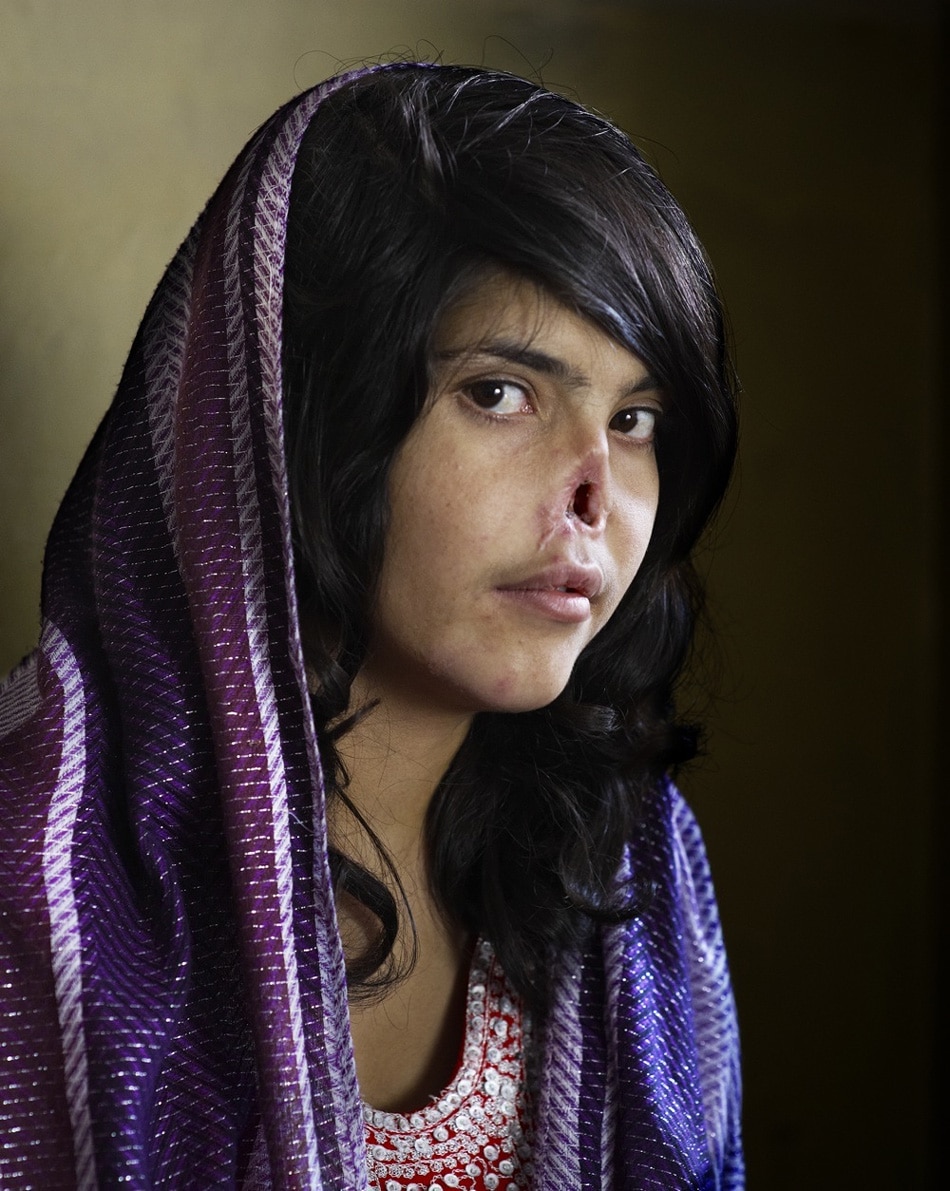 |
| Bibi Aisha, 18, was disfigured as retribution for fleeing her husband's house in Oruzgan province, in the center of Afghanistan. At the age of 12, Aisha and her younger sister had been given to the family of a Taliban fighter under a Pashtun tribal custom for settling disputes. When she reached puberty she was married to him, but she later returned to her parents' home, complaining of violent treatment by her in-laws. Men arrived there one night demanding that she be handed over to be punished for running away. Aisha was taken to a mountain clearing, where, at the orders of a Taliban commander, she was held down and had first her ears sliced off, then her nose. In local culture, a man who has been shamed by his wife is said to have lost his nose, and this is seen as punishment in return. Aisha was abandoned, but later rescued and taken to a shelter in Kabul run by the aid organization Women for Afghan Women, where she was given treatment and psychological help. After time in the refuge, she was taken to America to receive further counseling and reconstructive surgery. Photographer : Jodi Bieber |
Portraits:Stories – The Last Colony 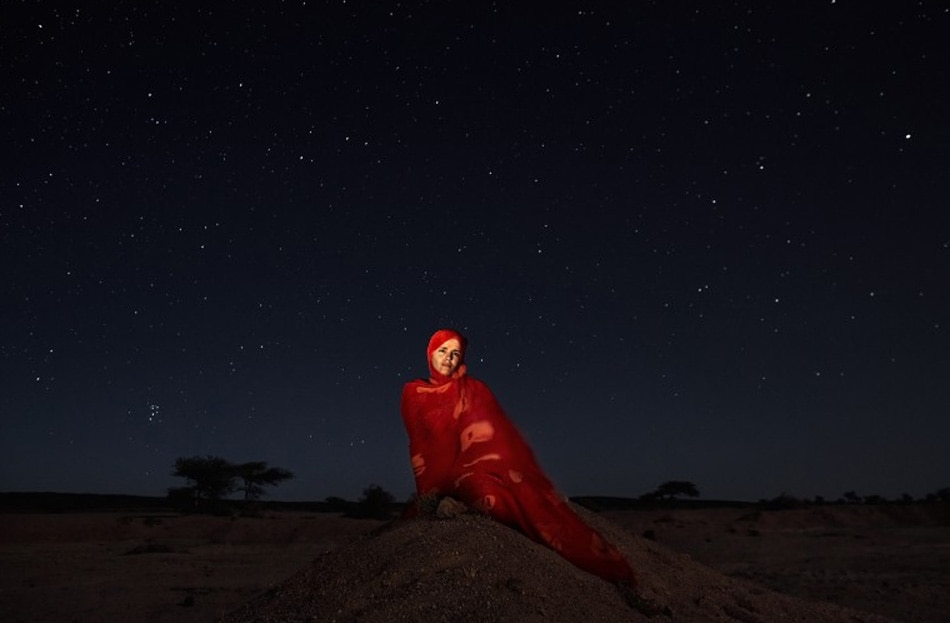 |
Minatu Lanabas Suidat, aged 25, in an area controlled by Polisario. The Saharawi people of Western Sahara have been involved in a decades-long dispute for independence, in land controlled by Morocco along the border with Algeria. A former Spanish colony, Western Sahara is Africa's last open file at the United Nations Decolonization Committee. Morocco invaded the territory in 1975, forcing the Spanish to withdraw. Spain divided the land between Morocco and Mauritania. A Saharawi rebel group, the Polisario Front, which had formed earlier to fight the Spanish, began a guerilla war against the new occupiers, with the backing of Algeria, and forced the withdrawal of Mauritania in 1979. In the 1980s, Morocco built a 2,700-kilometer-long sand barrier and planted it with mines, dividing Western Sahara in two. Most Saharawi live in the inland desert behind this barrier, or in refugee camps in Algeria.
Photographer: Andrew McConnell |
People in the News: Singles – Kashmir Intifada 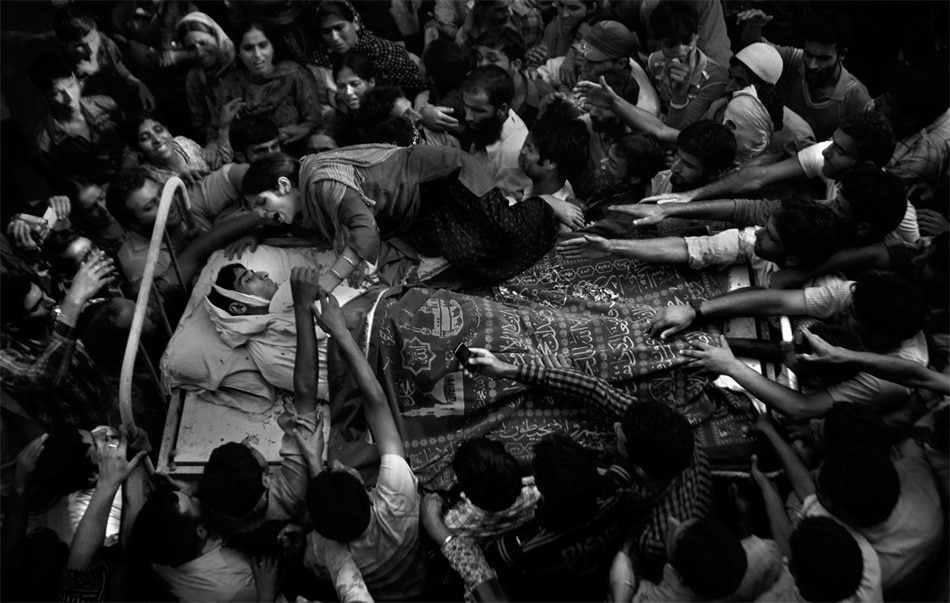 |
The sister of Feroz Ahmad Malik wails as she clings to the bed carrying his body, at his funeral in Palhalan, near the city of Srinagar, in Indian-administered Kashmir. Feroz was one of two people killed when Indian police and paramilitary fired at random in the town marketplace on 6 September. The incident led to massive protests in the town, during which a further two people were killed. Separatist unrest across the region had lasted since July, resulting in more than 60 deaths. Kashmir, which is over 60 percent Muslim, has been disputed by India and Pakistan since the partition of the subcontinent in 1947. From 1989 onwards, a growing Muslim separatist movement against Indian control has led to frequent clashes with government forces.
Photographer : Altaf Qadri |
People in the News: Stories – Pakistan Floods 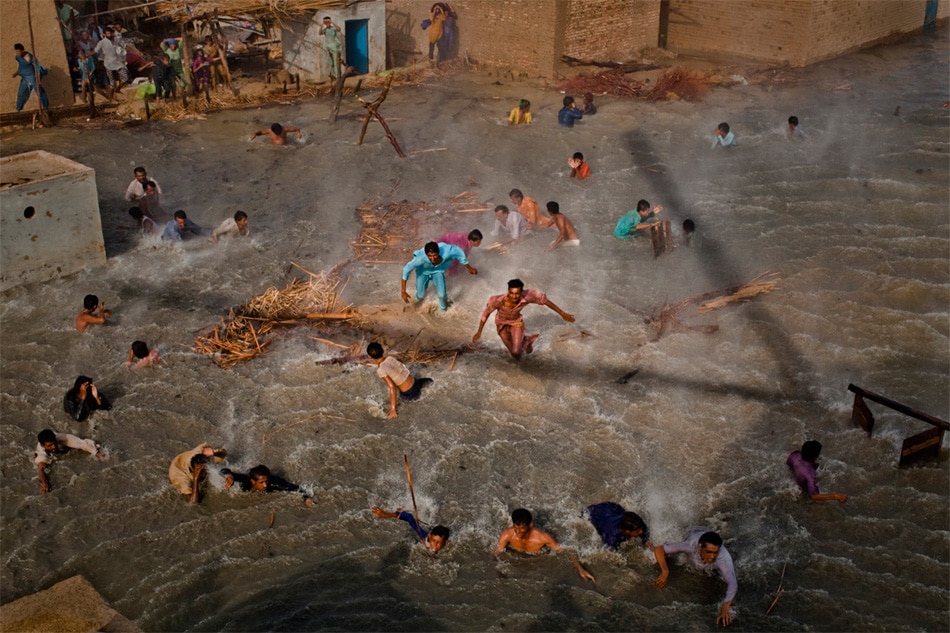 |
Flood victims scramble for food rations in the downwash of a Pakistan Army helicopter, during relief operations in Sindh, the province worst-hit by the floods. Unusually heavy monsoon rains in July triggered the worst flood in Pakistan's history. Beginning in the northern province of Baluchistan, the flood spread throughout the Indus River Basin to Punjab and Sindh in the south. At one point, around one fifth of the country's total land mass was under water. Over 20 million people were directly affected by the floods with up to 1,600 killed, as homes were destroyed and crops and livestock were washed away. The country's infrastructure was devastated as thousands of kilometers of roads and railways were destroyed, in addition to some 7,000 schools and 400 health facilities. The Pakistan government, overwhelmed by the disaster, was accused of being slow to respond. Months after the flood, many Pakistanis were still suffering its effects. The loss of seed for the next planting season and the vast areas left uninhabitable meant even longer-lasting consequences.
Photographer : Daniel Berehulak |
General News: Singles – Haiti Aftermath 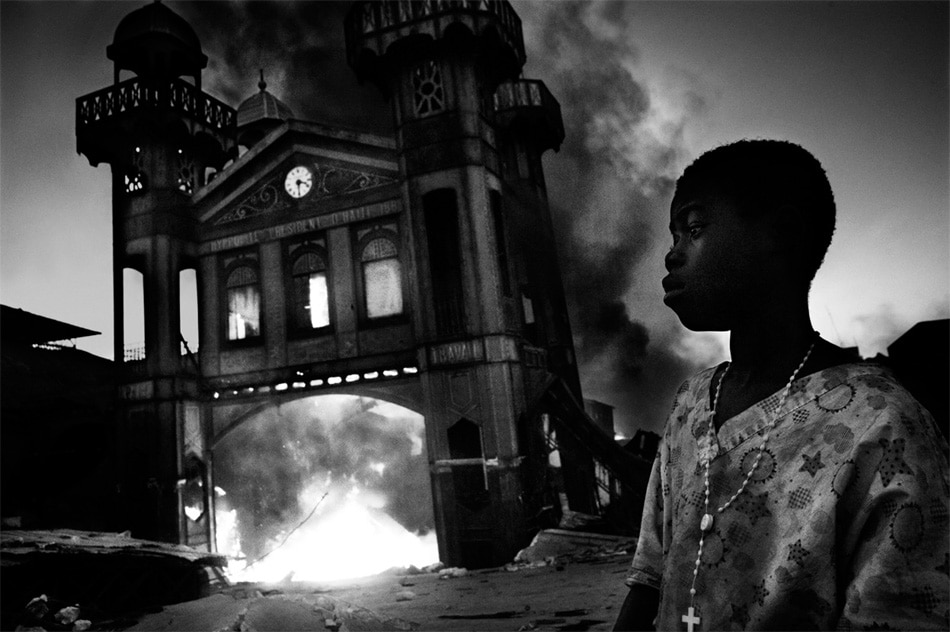 |
Port-au-Prince, Haiti A girl looks on as the Marché Hyppolite in Port-au-Prince burns, six days after a 7.0 magnitude earthquake struck Haiti. The market, popularly known as the Marché en Fer (Iron Market) was a city landmark, dating back to 1891. The devastation caused by the earthquake appeared to paralyze authorities, leading to accusations of indecision and delay when it came to clean-up operations. But the enormity of the task that faced them, together with an infrastructure already weakened by decades of violent political instability and economic deprivation, were also to blame. Port-au-Prince presented further difficulties, as its hilly terrain and narrow streets, many of which became blocked by makeshift shelters, hindered access for heavy rubble-removing machinery. Aid agencies said that it could be years before reconstruction work was complete. The Marché en Fer was one of the first buildings in the capital to be restored, thanks largely to an € 8.8 million cash injection by a private donor. A year after the earthquake struck Haiti, just 5 percent of the resultant rubble had been removed from Port-au-Prince, but the Iron Market had re-opened for business with some 900 vendors.
Photographer : Riccardo Venturi |
General News: Stories – Earthquake in Haiti 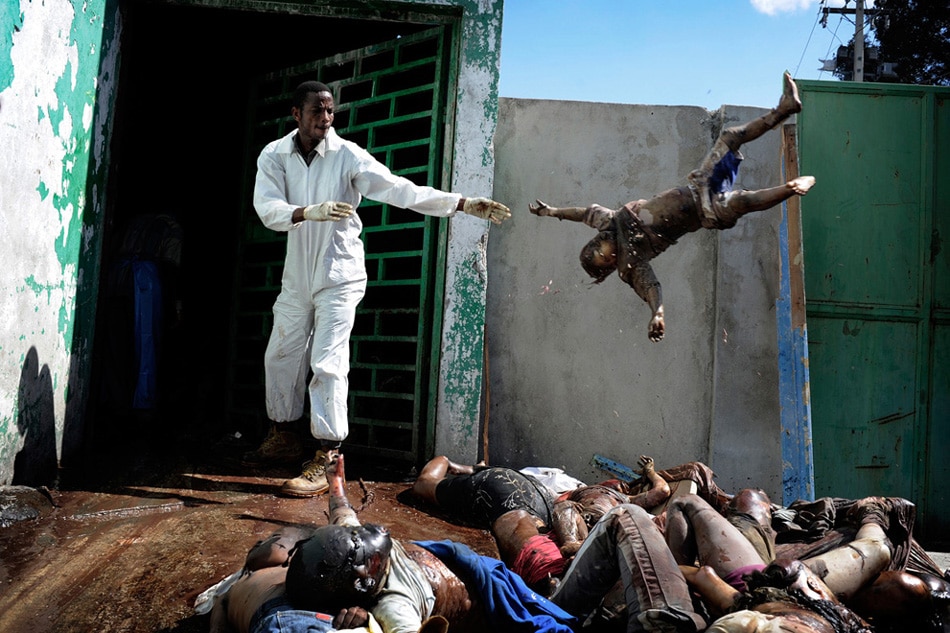 |
| A man throwing the body of a dead child at the morgue of the general hospital, Port-au-Prince, Jan. 15, 2010. (AP Photo/Olivier Laban-Mattei/AFP) |
Spot News: Singles 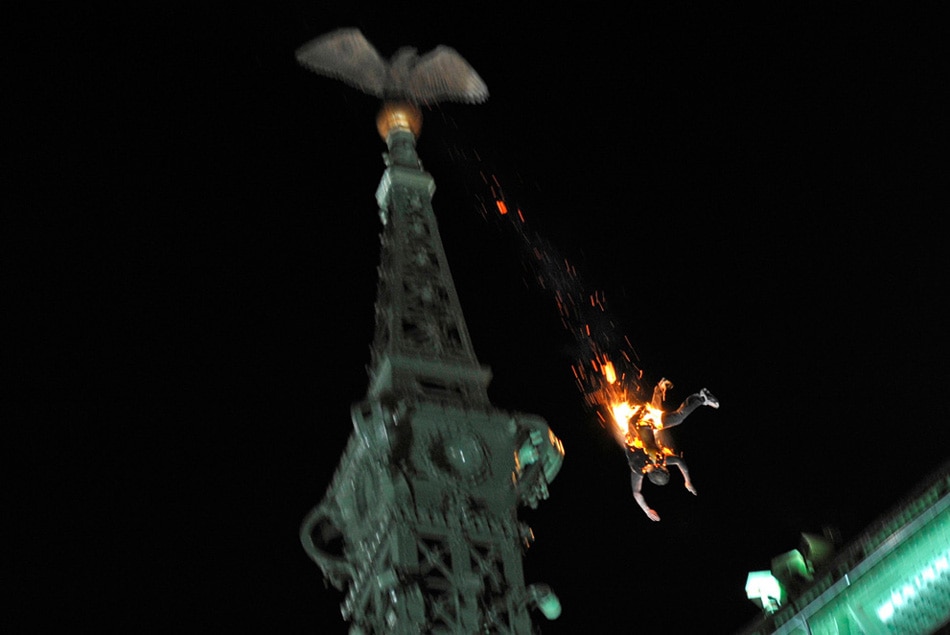 |
| A man falls to his death from a turret of Liberty Bridge in Budapest, Hungary, after covering himself in flammable liquid and setting himself alight. Photographer : Péter Lakatos |
Spot News: Stories – Earthquake in Haiti 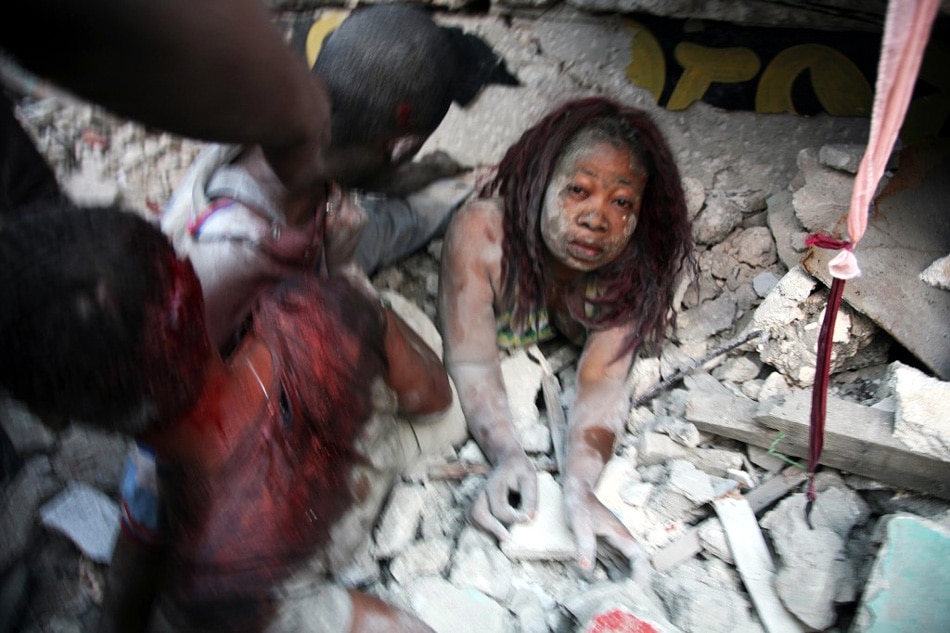 |
| Rescue of a woman trapped under earthquake rubble, Port-au-Prince, 12 January. Photographer : Daniel Morel |
Daily Life: Singles 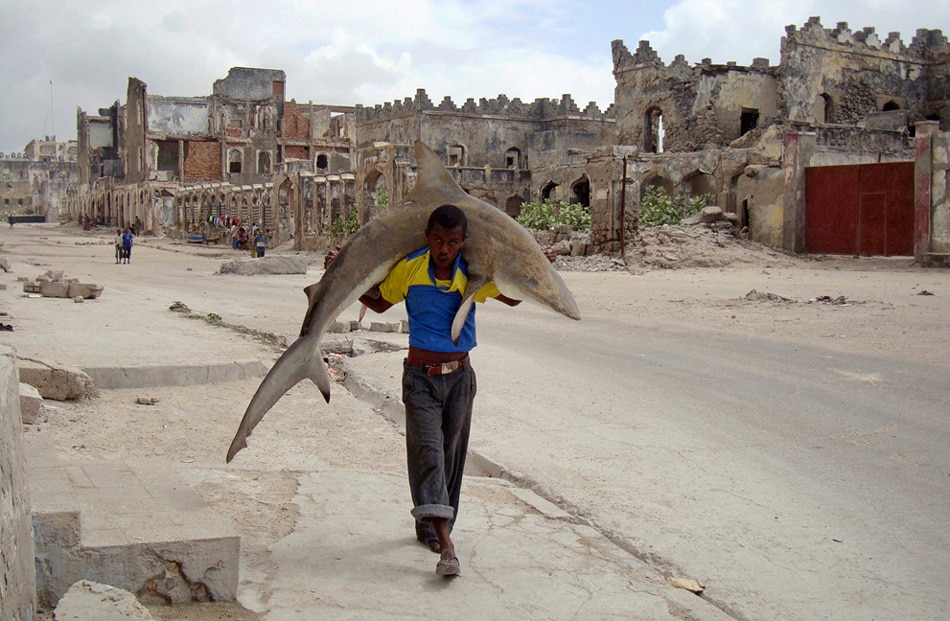 |
| A man carries a shark through the streets of Mogadishu, Somalia, in September. Photographer : Feisal Omar |
Daily Life: Stories – Metropolis 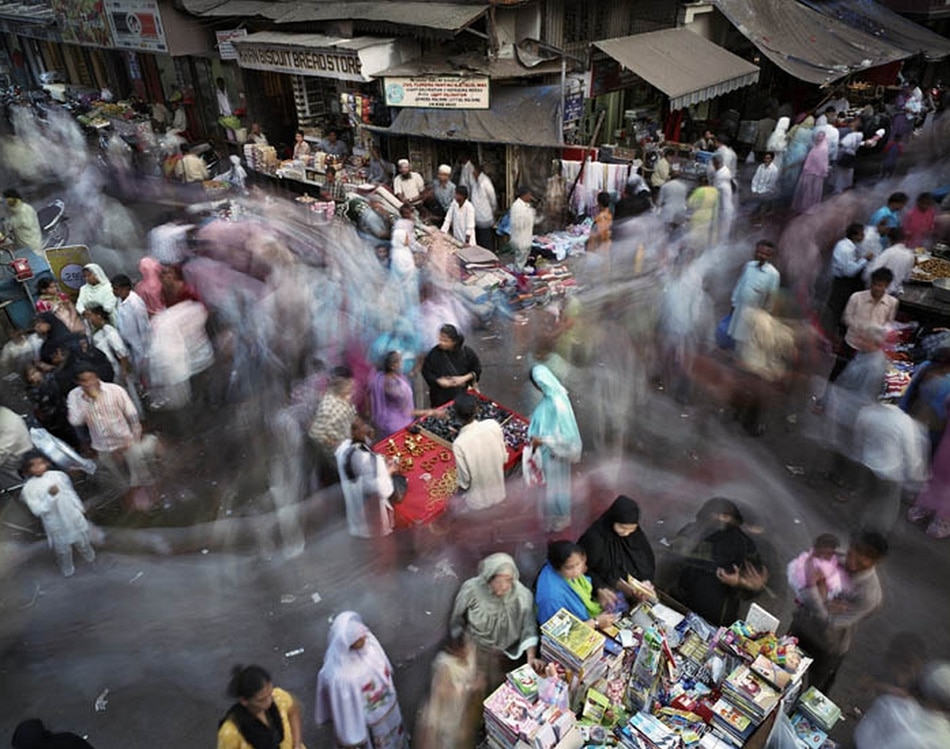 |
Mumbai, India.
Half of humanity now lives in a city, and the United Nations has predicted that 70 percent of the world's population will reside in urban areas by 2050.
Photographer : Martin Roemers |













KERALITES - A moderated eGroup exclusively for Keralites...
To subscribe send a mail to Keralites-subscribe@yahoogroups.com.
Send your posts to Keralites@yahoogroups.com.
Send your suggestions to Keralites-owner@yahoogroups.com.
To unsubscribe send a mail to Keralites-unsubscribe@yahoogroups.com.
Homepage: www.keralites.net





























No comments:
Post a Comment